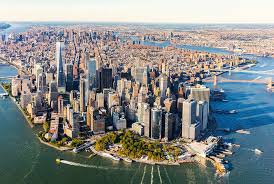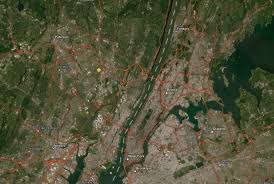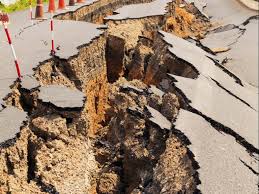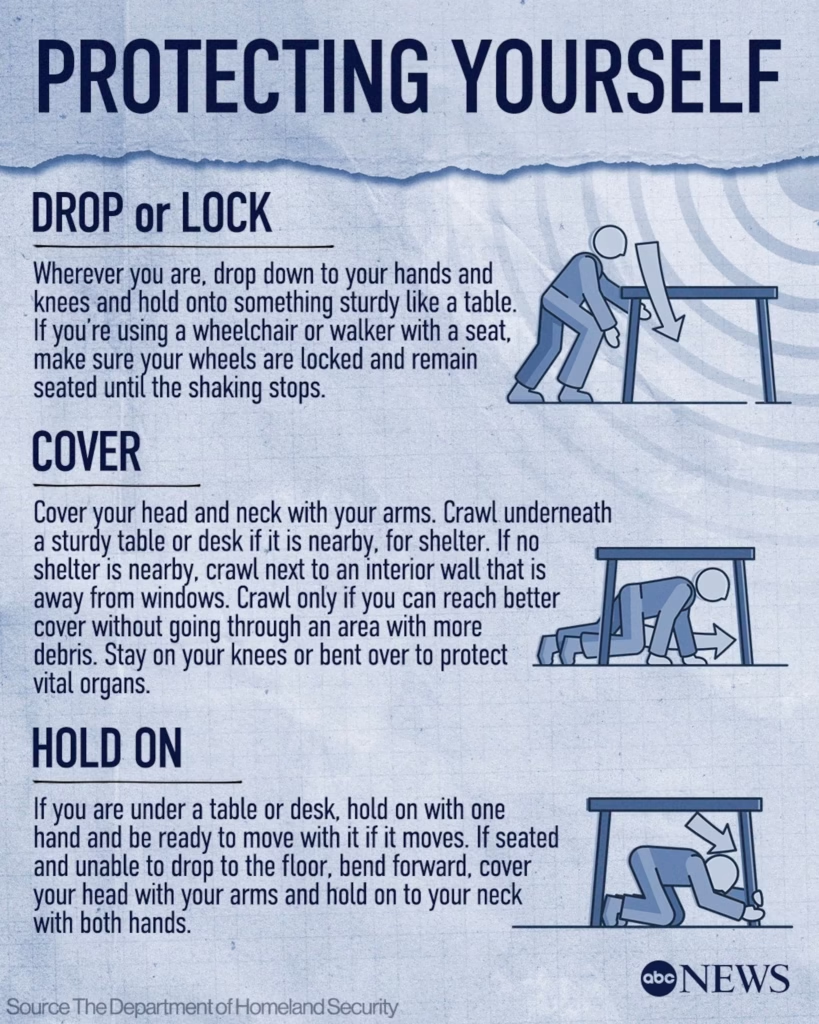Earthquake in NJ: Latest Shocks, Causes & Safety Tips on August 2, 2025, a magnitude 3.0 earthquake struck near Hasbrouck Heights, shaking parts of New Jersey and even reaching into New York City. Though brief, the tremor startled residents and reignited concerns about the region’s seismic risks. Experts believe the quake was caused by movement along ancient fault lines buried deep beneath the Earth’s crust. While damage was minimal, it served as a wake-up call. In this article, you’ll discover what triggered the quake, how NYC and NJ responded, and most importantly, how to stay safe if another strike occurs.



Earthquake NYC
Though centered in New Jersey, the shake was reported in New York City. Moreover, residents described a sudden boom followed by a brief swaying lasting one to two seconds. Also, Brooklyn dwellers felt a subtle movement, while Staten Islanders described house rattling like a car crash. And, emergency managers in NYC monitored effects but reported no damage.
NJ earthquake
This NJ earthquake ranks as a routine tremor for the region. As well as Bergen County typically sees two to four small quakes annually, many triggered by reactivation of ancient faults such as the Ramapo Fault. More significant was the April 5, 2024, Tewksbury earthquake (magnitude 4.8), the strongest since colonial times, felt widely across the Northeast.
NYC earthquake
Looking back at the 2024 event, the NYC earthquake was felt from Baltimore to Boston. Despite its moderate size, seismic waves traveled far because East Coast crust transmits shock farther than on the West Coast. Additionally, experts emphasize such quakes remain rare; only around 40 magnitude 3‑plus quakes have occurred within a 500 km radius since 1950.

Causes of the Shake
Most earthquake nj events today stem from reactivation of old faults, especially the Ramapo Fault zone, which spans New York and New Jersey. Tectonic stresses that slowly accumulate in brittle bedrock can suddenly release, causing seismic events, even if no major plate boundary runs nearby. See more updates on the website Time magazine.
Safety Tips After the Quake
If you are in the area that felt the earthquake New Jersey tremors: Drop, Cover, and Hold On immediately, get beneath sturdy furniture and hold on until the shaking stops. Moreover, beware of aftershocks; they may follow in hours, days, or even months. While staying away from glass windows, shelves, and fixtures, move cautiously if exiting. Similarly, prepare your home: secure tall furniture, anchor heavy items, and keep emergency supplies handy. Additionally, listen to battery‑powered radio or watch official updates only for instructions on returning home safely. You can see more safety details here: the-independent.com.

Conclusion
In summary, the recent earthquake in NJ reminded residents that seismic activity, though rare, is possible in the region. However, by understanding the causes, recognizing the warning signs, and following safety measures, people in both New Jersey and New York can be better prepared. Also, as small tremors continue to occur, awareness and readiness remain the best defense. Stay informed, stay safe, and always take even minor quakes seriously. Preparedness today can prevent panic tomorrow.
Read more related articles on celebritynewsupdates like tsunami warning and Gilbert arena arresting and more.
FAQs
Why did New Jersey have an earthquake?
Due to ancient fault line activity deep beneath the Earth’s crust.
Was the 9.0 earthquake real?
No, a 9.0 earthquake in New Jersey did not happen.
How often does NJ get earthquakes?
New Jersey experiences a few small earthquakes each year.
What really caused the earthquake?
The earthquake was caused by movement along ancient fault lines.
How to prevent an earthquake?
Earthquakes can’t be prevented, but their impact can be reduced through preparedness and building safety.













